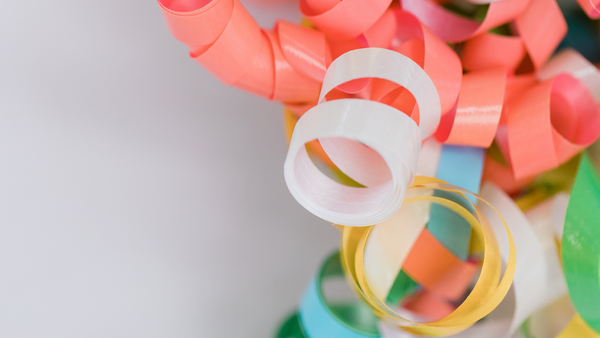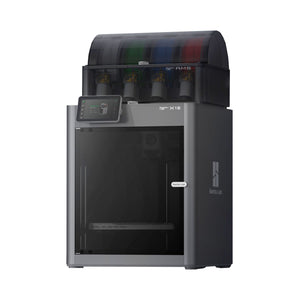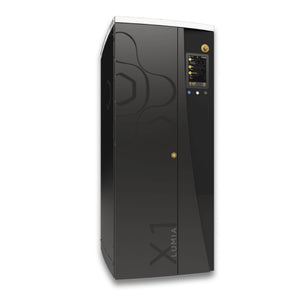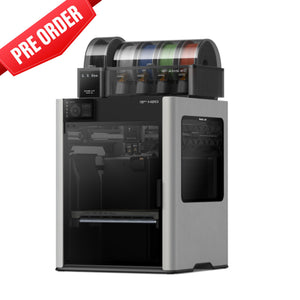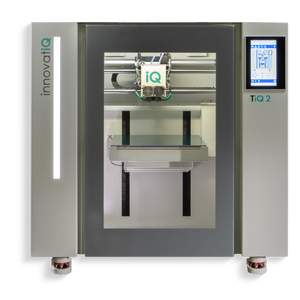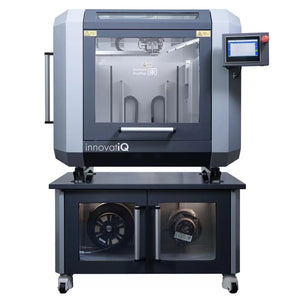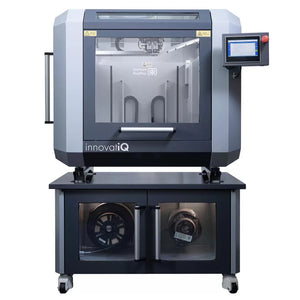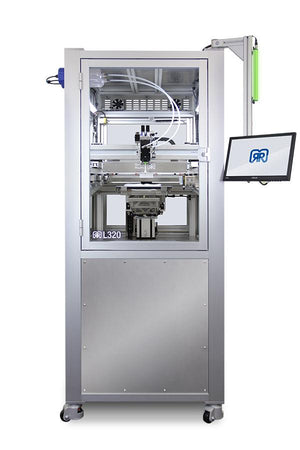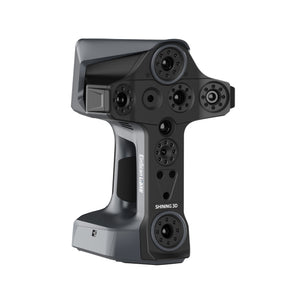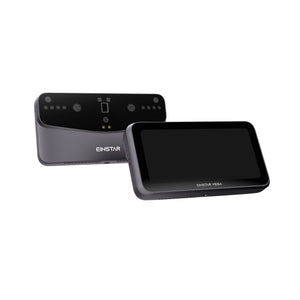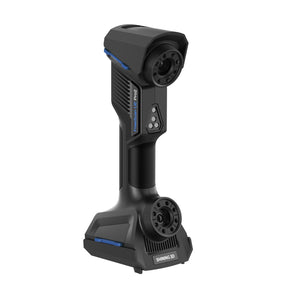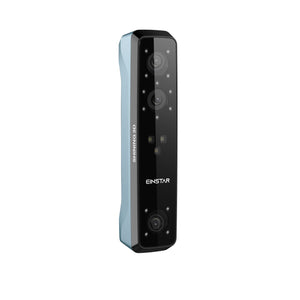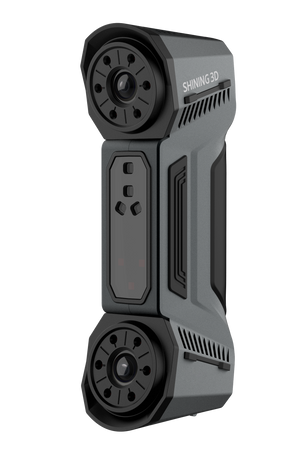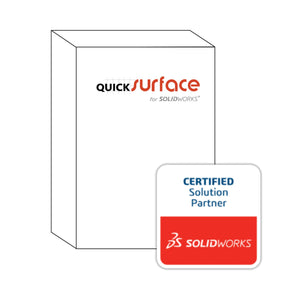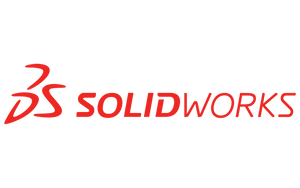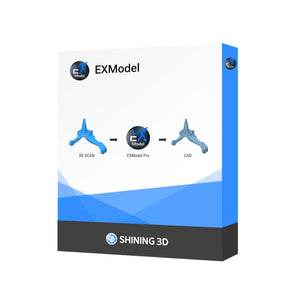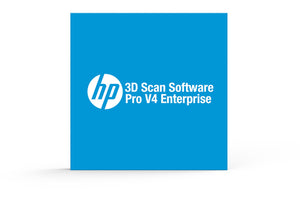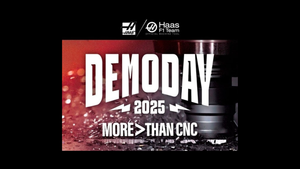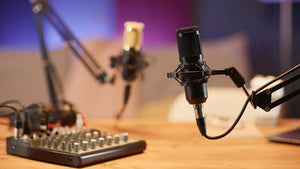May 04, 2018
FFF: How to Combat Curling
That’s not cool. Your part keeps curling, doesn’t it? Can’t quite get it to stick? Maybe it came off the buildplate entirely—you’ve had it. We get it. Once we came back to a twelve-hour print of a topographic map of the US where Florida was well above sea level. That’s why we’ve taken the time to do the dirty work for you. We have that whole curling thing under control, and we want to share it with you, to make 3D printing, and your life, a little easier.

1. Clean your buildplate. Remember all those times your mom told you to “make it spotless?” It’s finally time for that nagging to pay off. Any amount of dirt, even a fingerprint smudge, can affect adhesion on the first layer. Using rubbing alcohol, wipe your buildplate clean before every build.
2. Make sure your buildplate is absolutely level. Let’s clear up some potential confusion here: you don’t care if the buildplate is level to the earth. You care that it is level to your nozzle. And one thing your buildplate can never be is too level. So, if you are experiencing curling, level it again just to be sure.

3. Glue is your friend. Through trial and error, lots of trial and error, we have found that putting down a layer of Elmer’s glue before heating up your buildplate is a good way to ensure parts will stick to the build plate. It works well with all the materials we sell. We know it’s not the most professional of solutions, but it most certainly gets the job done.

4. Rafts provide life support. That’s why it’s called a raft. Rafts increase the surface area that adheres to the buildplate. This increase in the surface area creates a larger and stronger bond. An added benefit to a raft is that you don’t care about its finish. So, if need be, you can smush the first layer to the build plate.


